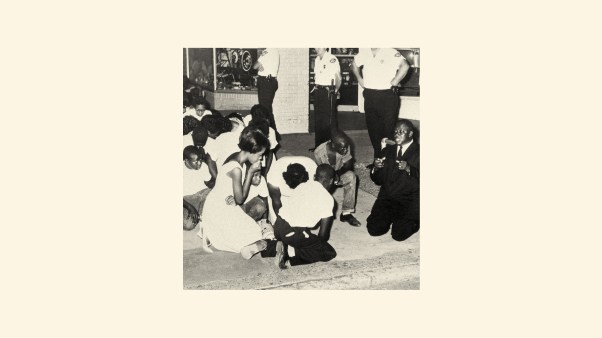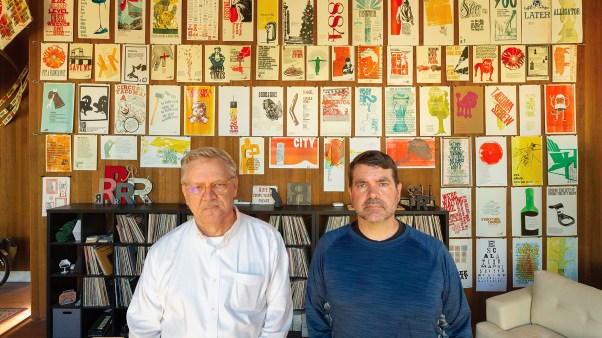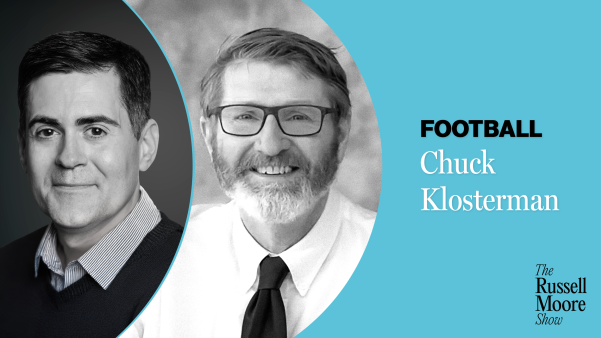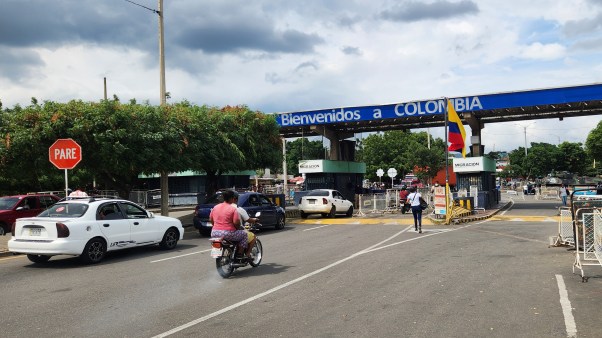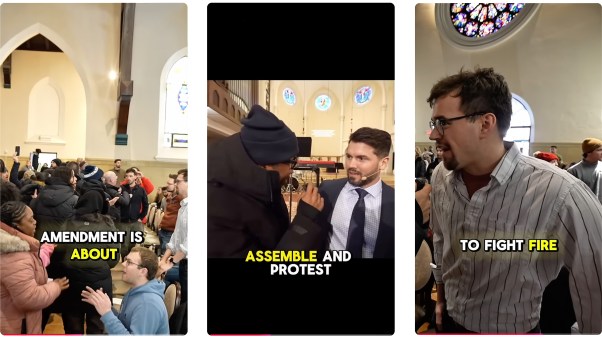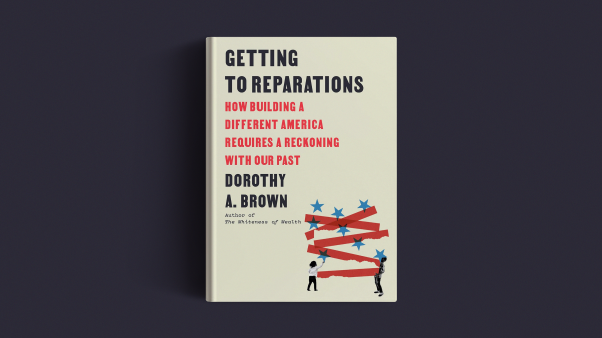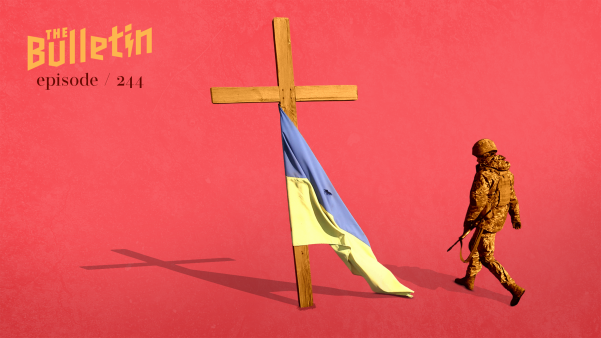For years, Bible translation stories went something like this: A Western couple would approach a translation organization about their calling to translate the Bible. The couple would embark on a multiyear process of raising support and an even longer process of language learning. They would study linguistics for at least two years. Then, after arriving in the country, they would study a regional trade language. Then they would begin to learn the local language. When they became fluent, the translation process could start.
“From vision to verse, it was a six-to eight-year process,” said David Thomas, the American Bible Society’s managing director of translation.
Some are trying new approaches to speed this long process up. In 2015, Wycliffe Associates announced that a team had been able to translate almost half of the New Testament in two weeks by working on the text simultaneously instead of sequentially and forgoing training on translation principles. The new process seemed promising, but a peer review challenged the accuracy of the translation.
The bigger factor has been new technology and increased collaboration. For example, Every Tribe Every Nation, a coalition of the biggest Bible translation organizations, has developed a digital library with more than 2,000 texts in 1,400 languages to aid translation.
Perhaps most significantly, the digital developments in Bible translation have empowered local churches around the world to seize the initiative. Instead of waiting for Westerners, these Christians have started pushing forward with what Thomas calls a “holy impatience.” They’ve taken more control, fueling the growth of a church-centered translation movement.
“Churches are saying, ‘This is so urgent. We can’t wait for an agency to come help us. We are just going to do this on our own,’ ” said Hans Combrink, a translation consultant at Biblica.
An early advance in translation tech was Paratext, launched in 1997 by the United Bible Societies and developed further by UBS and SIL International (formerly known as the Summer Institute of Linguistics) since 2011.
Paratext remains the most widely used translation software tool today. It allows translators to collaborate online, working together on tricky terms like grace or atonement, and it has dramatically improved accuracy and speed.
Paratext also encouraged Christians who had some linguistic skills but little or no formal training to try their hand at putting the Bible into their first language. John Sawyer, head of Global Bible Initiative (GBI), said these are not quite do-it-yourself Bible translations. But local churches feel empowered to forge ahead on their own.
“The paradigm has shifted toward an increasingly collaborative, do-it-with-me approach, which involves Western experts working alongside native language speakers,” he wrote in a recent report. This “not only accelerates the process, it also results in greater ownership by indigenous churches.”
The paradigm has shifted enough that technology is now being developed with the church-centered translation movement in mind. GBI, for instance, is launching YouTranslate.Bible, an editing platform that will provide resources in common trade languages. The group released a beta version of the tool in April. GBI is also working on a subsystem known as CLEAR, where users can upload their translations and get suggestions based on other translations and the users’ previous work.
Other translation ministries are creating tools that make more use of trade languages. One of those is Project MARBLE, which is integrated into Paratext and enables translators to access information about the cultural history of the Bible in languages like Russian, French, Swahili, and Chinese.
If you come from a culture that doesn’t have sheep and you aren’t familiar with the word, you can look it up in a familiar trade language, Combrink said. You can click on the word, watch a video of the animal, and even hear it baa before deciding on the best translation.
It may not be long before Christians around the world also have a say in shaping translation technology. Some software, like Autographa, is open source, so translators can modify the code to fit their needs.
The next frontier of translation technology will likely accelerate these trends, shifting control even more. In the future, experts say, translation will be done with the help of artificial intelligence, known as machine-assisted translation.
To date, no one can “push a button and out pops a Bible translation,” Combrink said. But GBI’s YouTranslate.Bible uses AI that makes educated suggestions based on previously translated text to create an outline for suggested translation options.
AI stirred some controversy, initially. Binu Alexander, part of the Autographa team, recalls that some said, “Wait a minute, this is God’s Word. This is inspired by the Holy Spirit. How can we use machines for that?”
Attitudes softened when skeptics saw how the new technology cut translation time.
The ongoing question with all of these developments, of course, is accuracy. Everyone agrees that the need for speed has to be balanced with the value of clear communication. Translation errors can cause serious problems for Christians trying to rightly handle the Word of Truth.
But when access to translation professionals is scarce, local churches can use the technology to direct them to potential problem passages. From there, they can make their own decisions about the best way to render a tough text.
“Consultants all have checklists for every book or chapter of the Bible, so when they say, ‘Check Genesis 1,’ they know which verses are the difficult verses to assess,” Alexander said. “But the computer can very similarly document everything. AI algorithms . . . can flag those errors and thus reduce the time the consultant takes.”
Local churches have always been involved in the translation process. But they haven’t had authority over those final decisions or been the arbiters of a good translation.
Alex Mathew, who formerly led Wycliffe India and now works at Faith Comes By Hearing, sees this as an answer to prayer and the fulfillment of the vision of generations of Bible translators and their supporting churches.
“All those visions evolved in the West,” Mathew said, “but the vision cannot be completed without the East taking ownership.”
When Mathew began translating the Bible for a minority community in his own country 24 years ago, some translators were still working with pen and paper and 250 languages didn’t have a Bible in India. Technology sped things up and empowered those who were impatient for the Bible. Today, only about 70 minority communities are waiting for Scripture.
“I am quite positive that all the languages that need the Bible in their mother tongue in India will get that need met in our generation,” Mathew said, “because the nationals have taken responsibility.”
Morgan Lee is digital media producer for Christianity Today.
Have something to add? See something we missed? Share your feedback here.



